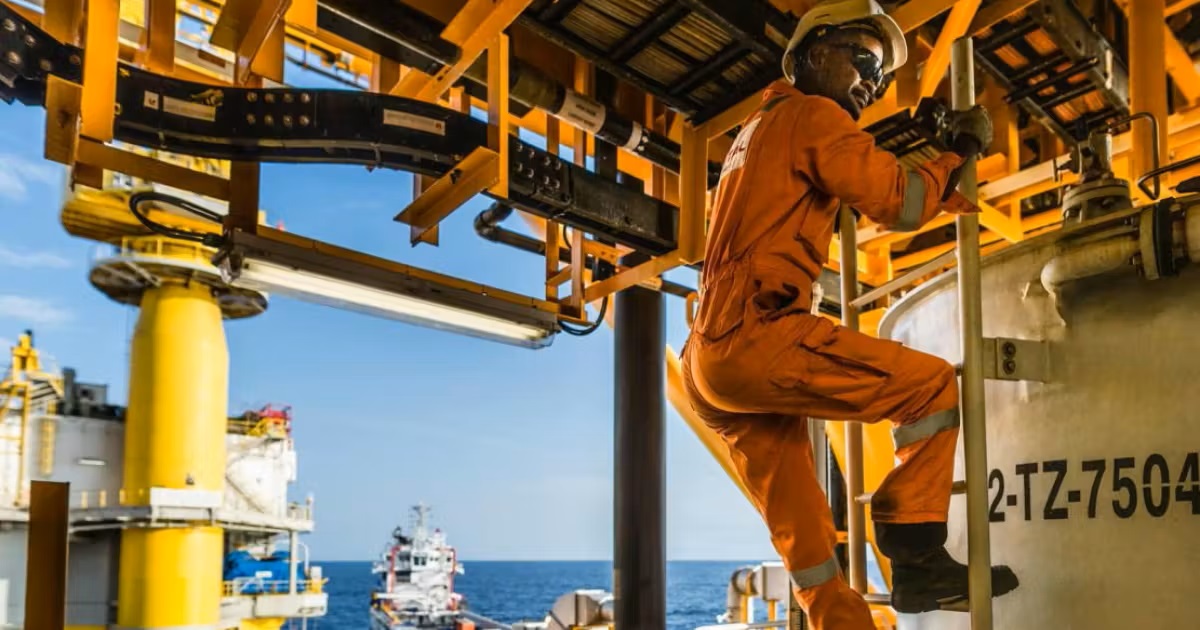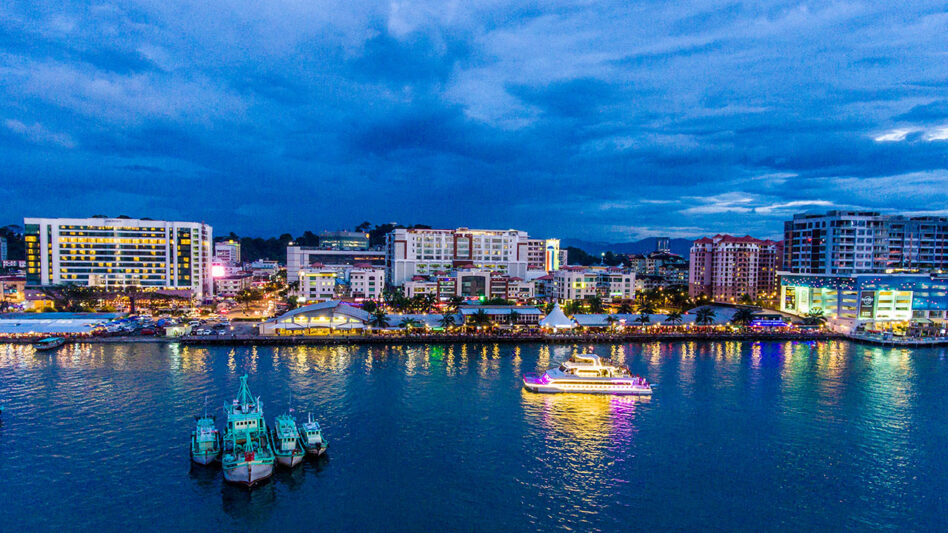THE US strikes on Iran’s nuclear facilities over the weekend has marked its direct involvement in the Israel-Iran war, which we fear could escalate an already volatile situation in the Middle East.
If this conflict is prolonged, it could further destabilise the fragile market sentiment, which has been weighed down by weak economic conditions.
In the short-term, the uncertainty could prop up oil prices, exacerbating inflationary pressure and sending bond yield higher, especially in the developed countries – US, Europe, Japan.
Iran’s parliament has now voted to close the Strait of Hormuz, where c.30% of global seaborne oil trade flows through the chokepoint.
“We believe the market will remain in a cycle of risk aversion with investors shying away from risky assets, until peace and stability prevail,” said Public Investment Bank (PIB).
Although global market has regained losses since the announcement of a 90-day tariff pause in April, this trend could reset.
We maintain our bearish outlook, favouring defensive stocks that predominantly focusing on the domestic market i.e. Maybank, Telekom, TNB, CCK and IGB Comm REIT.
While we have a neutral call on the oil and gas sector, we believe there is upside risk in the immediate term, we have Outperform rating on Hibiscus and Bumi Armada.
Since the start of the Israel-Iran conflict on 13 June, the US has largely refrained direct engagement in the war with its Secretary of State Marco Rubio stressing Israel has acted unilaterally while President Donald Trump announcing, just last week, that he will decide whether or not the US gets involved within the next two weeks.
However, within days, the US has changed the course of the conflict, launching strikes on three Iranian nuclear facilities on 21 June.
Promising to be a “peacemaker” in his run up to return to the White House, Trump has taken a dramatic step by bringing US directly into the conflict.
Should this escalate into a protracted conflict, it could strain the US’ fiscal deficit even further, which is projected at about 6.2% of GDP in 2025.
This should also increase its swelling debt, which stood at about 123% of GDP. Note that US artillery stockpiles are depleting quickly due to increased demand while the urgency to replenish may be constrained by limited rare earth supplies from China.
The US military industrial base is already facing challenges in ramping up production to meet increasing demand from Ukraine and Gaza.
Although Trump claimed the Iranian nuclear facilities had been destroyed by the US bunker-blaster, the extent of damage to the underground enrichment plants remains unclear, especially Fordow which is believed to be buried at a depth of 80-90m with mountain above ground.
Iran could retaliate by closing the Strait of Hormuz or launching attacks on the US military base. The US operates a broad network of military sites, both permanent and temporary, across approximately 19 locations in the Middle East.
The uncertainty in the Middle East is likely to cause a spike in oil prices as the region contributes to 30% of the world’s total output, with Iran being the third-largest OPEC producer.
If there is no material disruption to global supply of oil with the Strait of Hormuz remains accessible (the final decision now lies with Iran’s national security council after the parliament voted to close the critical oil trade route), this may well be short-lived, as there is still ample supply of oil in the market while global demand could weaken due to slowdown in international trade following the increase in tariffs.
Nonetheless, given the uncertainty and risk of escalation, oil prices are likely to surge in the immediate term while investors would rush to safe-haven assets (likely to be gold or JPY instead of USD or Treasuries) and avoid risky investments such as equities.
US CPI remains under control partly due to low energy prices but a protracted conflict in the Middle East could potentially lead to a sustainable rise in energy prices, increasing the likelihood of the US economy slipping into a stagflation in 2H 2025. —June 23, 2025
Main image: Maukerja









